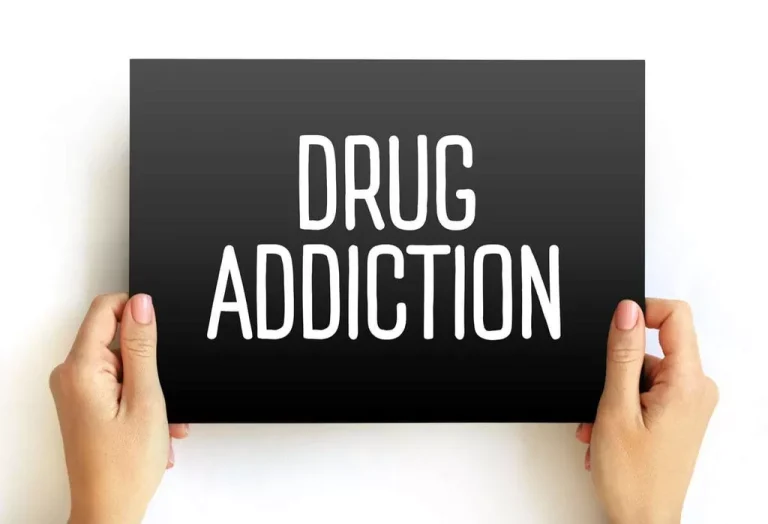
There are three stages of the condition, prodromal, hyperemetic, and recovery. Symptoms usually return upon reusing the drug, so doctors advise avoiding it altogether. However, doctors may also suggest various treatments to manage symptoms. These include antipsychotics, pain relief medications, antihistamines, intravenous (IV) solutions, and capsaicin cream. Some individuals may take repeated hot baths or showers throughout the day to relieve symptoms, as Twelve-step program the high temperature helps reduce nausea. It is best to consult with a medical professional if you believe you have CHS, as not treating the condition can lead to health complications and even death.
Potential Treatments
- If you have cannabis use disorder and need help quitting, professional treatment is available.
- If you were to ask a group of individuals that use marijuana, you would likely hear many of them state that the drug is not addictive and has no harmful effects.
- CHS is a newly identified condition, so doctors currently know little about it.
- While the condition is still being studied, the impact of CHS is none-the-less debilitating.
You’re more likely to get CHS if you use marijuana at least once a week and have been doing so since you were a teenager. “Cannabinoid” refers to cannabis (marijuana) and “hyperemesis” is a word meaning “prolonged vomiting.” People in the hyperemetic phase can take up to 12 hot showers or baths during the day to relieve symptoms. The hot temperatures may provide some relief as they affect your hypothalamus, the part of your brain that regulates both vomiting and your internal body temperature. This stage is characterized by abdominal discomfort, early morning nausea and a fear of vomiting. During this time, people maintain normal eating patterns and continue using marijuana for its perceived anti-nausea effects.
- In one study of frequent cannabis users with potential CHS symptoms, 33% of participants met the definition of CHS.
- Within 10 minutes, nausea and vomiting stopped, and the person no longer felt abdominal pain.
- Schreck et al.62 determined that the rate of reporting in France is similar to that reported in international literature.
- The most effective way to prevent cannabinoid hyperemesis syndrome is to reduce or avoid marijuana use.
- Δ9-tetrahydrocannabinol (THC) has several well-established effects in the central nervous system, such as alteration of psychomotor behavior, impairment in short-term memory, stimulation of appetite, and analgesia 8.
Investigating COVID-19’s Effects on the Gut

Even though there is a recovery phase, it is important to seek medical care if you think you have CHS. When a person experiences CHS, they may need timely and effective treatment to prevent health complications. This article covers the symptoms to look what are the 3 stages of chs out for and methods for diagnosis.
- And a 2022 Canadian study found that ER visits for CHS-related problems had increased 13-fold between 2014 and 2021.
- Normally, when the gastrointestinal system detects that a toxin or other pathogen has entered the stomach, it “tells” the brain to release neurotransmitters into the gastrointestinal tract.
- Research suggests that CB1 receptors regulate the effects of marijuana on the gastrointestinal tract.
- In comparison, much less is known about the effects of the CB2 receptor.
Relief Through Heat Therapy and Additional Treatments for CHS
It’s a condition that can lead to serious health complications if you don’t get treatment for it. Researchers need to study CHS in more detail to make it easier for doctors to recognize and treat the condition. Further studies are also necessary to determine the causes of CHS and its risk factors. Some people with CHS require pain relievers if abdominal pain is present. Currently, doctors do not have treatment guidelines for the management of CHS.

People with CHS also tend to have a strong urge to take very hot showers or baths. That’s because hot water can help ease cannabinoid hyperemesis syndrome symptoms like nausea. The hot temperature affects a part of the brain called the hypothalamus, which regulates temperature and throwing up. Cannabinoid hyperemesis syndrome (CHS) can affect people who use cannabis (marijuana) long-term.

The Endogenous Cannabinoids (Endocannabinoids)
- The metabolism of THC occurs mainly in the liver via oxidation and hydroxylation reactions.
- Patient education should therefore be provided with emphasis on the paradoxical nature of the symptoms of CHS.
- Researchers have tried to explain what causes CHS, but further study is necessary.
- Diagnosing the condition is often tricky, considering that many users go for treatment without mentioning using marijuana.
The symptoms take three phases, and they can be extremely severe, especially in phase two. When a person has the symptoms, especially vomiting, it may cause additional issues such as dehydration. In addition, if the condition is not treated, some other complications may arise, such as weakness, muscle spasms, shock, to name a few. In the most severe cases, cannabinoid hyperemesis syndrome can lead to kidney failure that can cause death. If the health care provider diagnoses the CHS, it will be explained to the patient what is cannabinoid hyperemesis syndrome, and then it is the treatment time.

In one small study of eight patients hospitalized with CHS, four of the five who stopped using weed recovered from CHS. One of the 4 who recovered went back to using marijuana and the vomiting resumed. If you have symptoms, your doctor will do a physical exam and ask for your detailed https://ecosoberhouse.com/ medical history.
